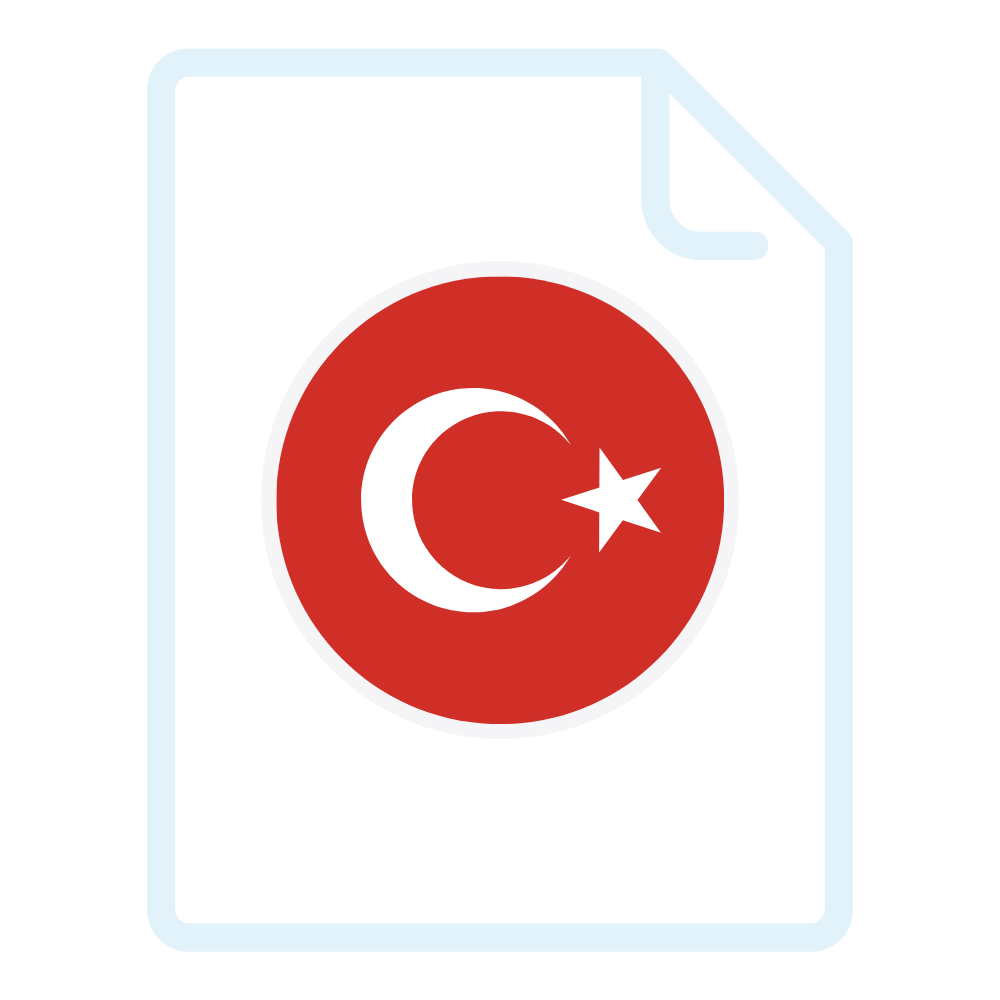Application of treated article label in Turkey, falls under the Regulation on the Classification, Labelling and Packaging of Substances and Mixtures, published in the Official Gazette dated 11/12/2013 and numbered 28848 and also the Communiqué on Articles Treated with Biocidal Products (13/06/2018 dated and 30420 numbered).
With its labelling services, Chemleg ensures that your treated article labels fully comply with all these requirements.
What are the obligations under the regulations?
The obligations regarding treated articles are as follows:
- Labels of treated articles must not include misleading claims regarding the associated risks.
- If a treated article’s biocidal properties or functions have not been proven to be sufficiently effective, no claims regarding biocidal properties/functions should appear on its label.
- The label must be clearly visible, easily legible, and sufficiently durable.
- Information and analysis results regarding the biocidal properties or functions of treated articles and their validity periods must be communicated to stakeholders in the supply chain.
For more detailed information regarding label requirements, you can refer to Article 6 of the Communiqué on Treated Articles with Biocidal Products.
What Information Should Be Included on the Labels?
Article 6(4) of the Communiqué on Treated Articles with Biocidal Products specifies the following information that must be included on the labels:
“In addition to the labelling requirements set out in Articles 19 and 20 of the Regulation on the Classification, Labelling and Packaging of Substances and Mixtures, the label of a treated article must include the following information:
a) The address of the manufacturer’s or importer’s website and their registered electronic mail (KEP) address,
b) The intended use of the treated article,
c) A statement indicating that the article contains or has been treated with one or more biocidal products,
ç) The biocidal property or function attributed to the treated article, provided it can be substantiated,
d) Without prejudice to the provisions of Article 26 of the Regulation on the Classification, Labelling and Packaging of Substances and Mixtures, the license numbers or inventory numbers and the names of the active substances of all biocidal products with which the treated article has been treated or which it intentionally incorporates and which contribute to its biocidal property or function,
e) The names of all nanomaterials contained in the biocidal products with which the article has been treated or which it intentionally incorporates, with the word “nano” indicated in brackets after the name,
f) Instructions for use including the precautions necessary to protect humans, animals, and the environment—especially sensitive groups—due to the biocidal products contained or used in the treatment of the article,
g) Any possible undesirable direct or indirect effects,
ğ) The date of manufacture of the treated article and, if stored under the conditions recommended by the manufacturer or importer, the expiration date for the biocidal property and/or biocidal function,
h) The batch or serial number,
ı) The validity period of the biocidal property and/or biocidal function under normal conditions of use,
i) The pests specified in the analysis standard against which the biocidal function is effective under normal conditions of use.”
An example is provided below:
| Product Name: Fabric treated with antibacterial product Content: Textile material containing silver ions (0.3%) Product Feature and Intended Use: This fabric has been treated with silver ion technology which provides long-lasting antibacterial protection Active Substance: Silver (CAS No: 7440-22-4) Claim: The fabric is a treated article containing a biocidal product with antibacterial properties to inhibit and prevent the growth of bacteria on its surface. In this way, it is aimed to reduce the formation of bad odors caused by bacteria. Warnings and Precautions: Dispose of fabric waste according to local regulations. The product is safe for human health and the environment under normal usage conditions. Registration/license/inventory number of the biocidal product with which the articles are treated should be added on the label Batch No: FG202504 Manufacturing Date: 04.2025 Expiration Date: 04.2030 Net Weight: 2 kg Manufacturer: X |
Treated Article Label Services of Chemleg
Chemleg provides treated article labelling services in Turkey. With its expert team, Chemleg verifies compliance with biocidal product legislation, analyzes product components, and prepares your labels in full accordance with regulatory requirements.
You can contact us for support.
Frequently Asked Questions
The “Guideline on Treated Articles with Biocidal Products” has been structured based on CA-Sept13-Doc.5.1.e, which gathers the most frequently asked questions addressed to the European Commission. Some Q&As from this guideline are summarized below:
Is the term “antibacterial” acceptable on the label of a treated article?
Claims such as “antibacterial,” “fights germs,” or “kills 99% of bacteria” indicate that the treated article has a biocidal function. Such claims are acceptable if they can be substantiated.
Additionally, considering the other properties, functions, and intended uses of the treated article, this biocidal function will most likely be regarded as the primary function, in which case the article must be regarded as a biocidal product and be subject to authorization.
If a treated article has been treated with biocidal products containing multiple active substances, must the label cover all of them? What are the requirements if only one or a few of them are associated with a claim?
If a treated article has been treated with biocidal products containing multiple active substances, the label must only refer to those substances for which a biocidal claim is made or for which approval conditions require it.
If a biocidal product contains nanomaterials, is it mandatory to indicate this on the label?
The obligation to indicate the presence of nanomaterials on the label applies when a biocidal function is claimed or when the active substance conditions require such labelling.
What are the obligations of companies in the supply chain? Must the label remain attached throughout the lifecycle of the treated article?
Companies in the supply chain are not required to label intermediates and raw materials not placed on the market or intended for end-user consumption, according to paragraph 8 of Article 6 of the Communiqué on Treated Articles with Biocidal Products. However, according to paragraph 9, they must provide information and analysis results regarding the biocidal properties/functions and their validity to stakeholders in the supply chain.
If a treated article is used as a component in a new product that itself qualifies as a treated article, the person placing the new product on the market must comply with the labelling requirements.
Where should the label for a treated article be placed? Should it be affixed to the article itself, or can it be included in instructions or packaging?
The decision on where to place the label must be made on a case-by-case basis, depending on the individual characteristics of the treated article. Where possible, the label should be affixed directly to the article. However, according to paragraph 6 of Article 6, if the size or function of the article prevents direct labelling, the labelling requirements must be placed on the packaging and on the instructions for use or warranty.
Who determines whether labelling is necessary for human or environmental protection?
The responsibility lies with the entity deciding to place the article on the market, based on available information about the hazard profile of the active substance(s), the foreseeable uses of the article, and the potential risks to human, animal, and environmental health.
This obligation is also regulated under the Law No. 4703 on the Preparation and Implementation of Technical Legislation on Products.
Is it necessary to label raw materials and intermediates intentionally containing biocidal products?
If these raw materials or intermediates meet the definition of treated articles and are placed on the market, the provisions of the Communiqué on Treated Articles with Biocidal Products apply to them as well.
This means that not only the labelling requirements but also relevant provisions of the Turkish Biocidal Products Regulation concerning active substances must be complied with.









